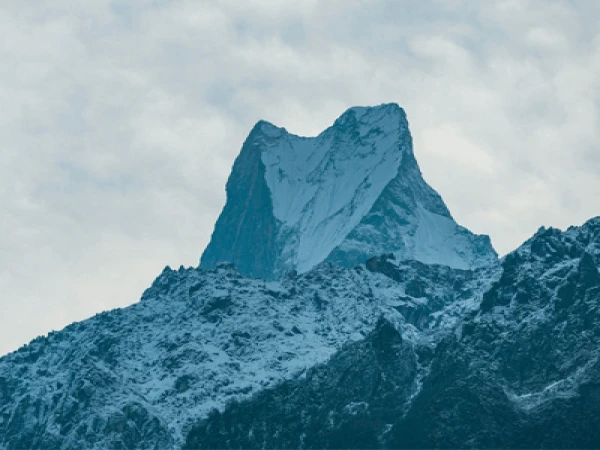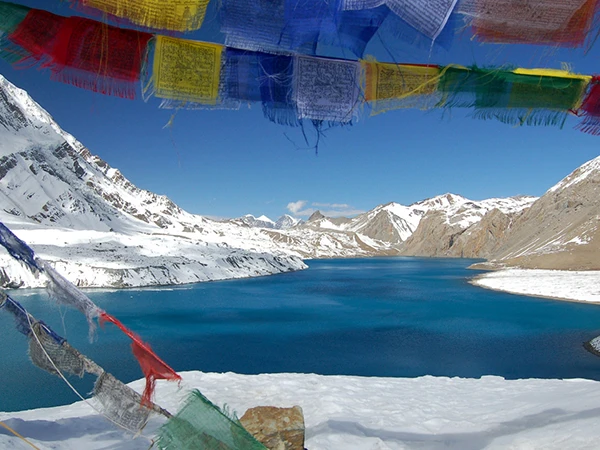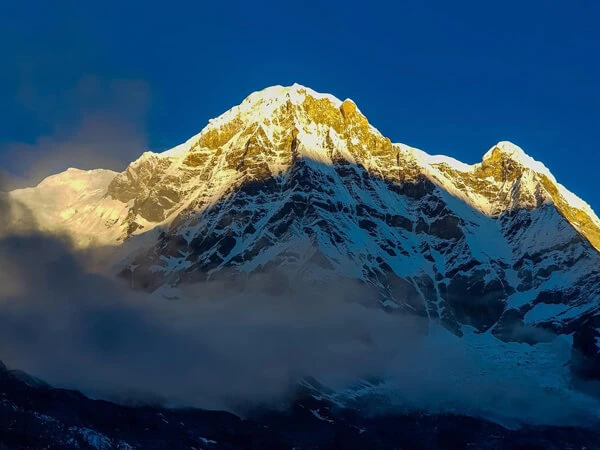What does Annapurna Trekking offer?
Annapurna massif is the 10th highest mountain east of the geographically and culturally inclined Kali Gandaki region. Annapurna, defined as “full of food” in the Sanskrit language, is the Hindu goddess of fertility.
The Annapurna trekking offers an exceptional view of the Annapurna range protected under the Annapurna Conservation Area Project. First open to foreign trekkers in 1977, Annapurna trekking has been recognized throughout as one of nature’s true paradise with the upper sub-alpine steppe environment and views of the snowcapped serene Annapurna Range.
The entire length of the route lies from 160 to 230 km. The trek usually takes around 15 -20 days. The trek begins from Besisahar in the Marshyangdi River valley and concludes in the Kali Gandaki Gorge, the deepest canyon in the world.
The trek begins from a sub-tropical climate with deciduous forests in Lamjung and leads to the very arid regions of Manang. The trek to Annapurna rises to an altitude of 5416m on the Thorung La Pass, the highest pass on this trek, where it touches the Tibetian Plateau. The trek then finalizes to the dense forests and trails of Ghorepani in the Myagdi district.
The trek circuits now have cellular 3G connections in various locations. Annapurna trekking offers a view of monumental milky mountains like the Annapurna massif, Machhapuchre, Gangapurna, Tilicho Peak, Pisang Peak, Dhaulagiri, and Paungda Danda, which have been inducted in the list of the highest mountains in the world.
Also, the trek gives a view of other peaks ranging from 6000 to 8000m. Additionally, the Annapurna trekking route proposes the observation of the people residing in its steep hillsides with diverse ethnic and cultural backgrounds that they have held for centuries now.
The Annapurna Conservation Area Project, which protects the region from potential environmental degradation caused by the increasing human population, was launched under King Mahendra Trust for Nature Conservation in 1968.
The environmental harbors of Annapurna are home to some rare wildlife like snow leopards and blue sheep and birds like pheasant, impedance, and more. Along the Annapurna trekking route, the forest is richly covered by various species of rhododendrons and around 100 varieties of orchids in the conservation area.

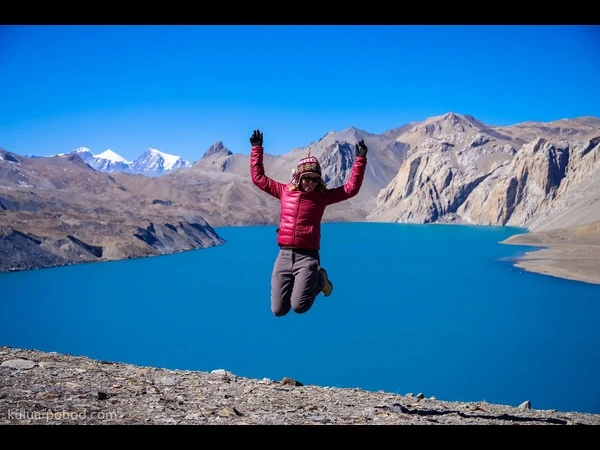
.webp)

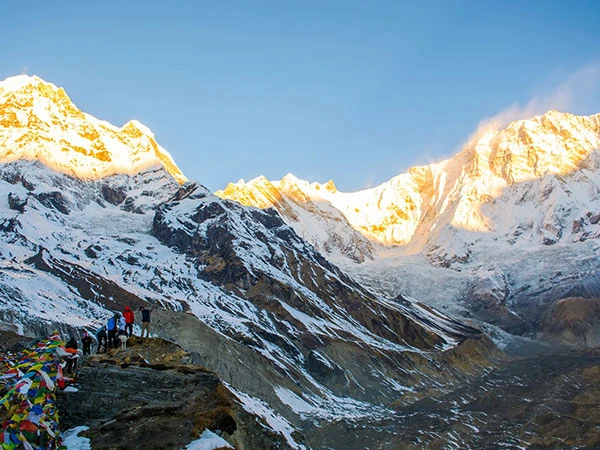

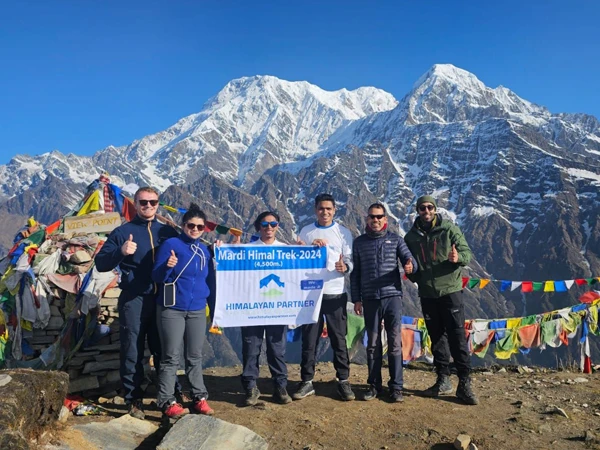
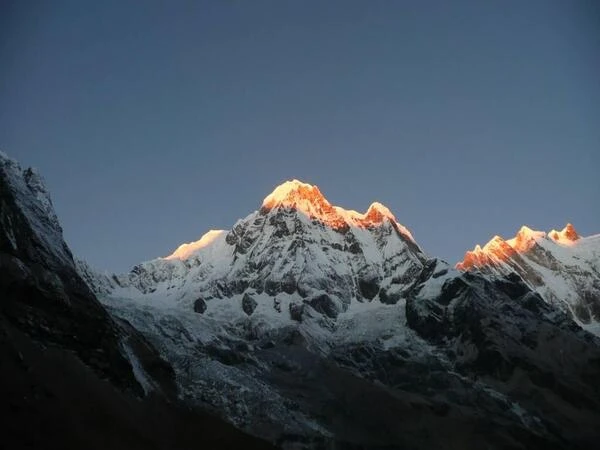

.webp)
.webp)
